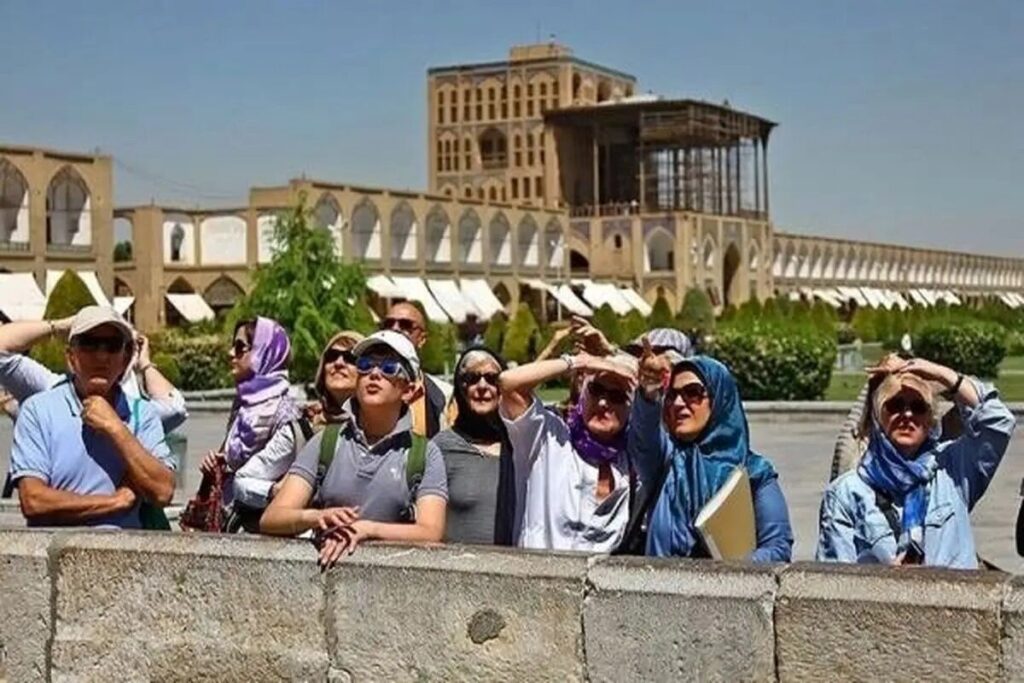As someone who has worked in tourism policy and planning in Iran for decades, I have never seen a more important moment for our industry than I have now.
Iran is on the edge of extraordinary opportunities as nuclear negotiations are again held at the global stage and sanctions could be eased. It can rebuild the tourism sector and the country’s wider economy. But only if we are ready to grab it.
Iran is not short of treasures. It boasts 28 UNESCO World Heritage Sites, from ancient ruins of Persepolis to stunning Persian gardens and bazaars. Our natural beauty is fascinating, from the windswept LUT desert to the green mountains to the north and the coral-rich islands of the Persian Gulf.
But nonetheless, our tourism sector remains underdeveloped, especially when compared to its local neighbour, Turkey. In 2024, Turkey welcomed over 52 million tourists and won over $61 billion. In contrast, Iran still suffers from outdated infrastructure, a shortage of trained tourism workers, and anemia marketing strategies that barely hurt our potential surfaces.
Learn from Türkiye
Türkiye’s success was no coincidence. This was the result of decades of consistent investment, destination branding and effective governance. Their tourism promotion and development agencies alone have a budget of $200 million a year and are wisely used to reach global audiences through digital marketing, partnerships and purposeful storytelling.
In contrast, Iran still lacks independent tourism authorities. Our fragmented systems cannot adjust your investment, branding, or policy. If you are serious about achieving the goal of 20 million international tourists by 2030 (the goals outlined in Iran’s Vision 2025 Plan), immediate structural reforms are needed.
What should I do?
First, Iran needs to invest in tourism infrastructure, especially hotels, transportation and aviation. An estimated 3,000 new 4-star hotels and a 5-star hotel and a fleet of modern aircraft will be required to meet the expected demand.
Equally important is human capital. Currently, we only have around 50,000 trained tourism experts. That number is fluent in languages such as Chinese, Russian, Arabic, and English, and requires four times the training of hospitality standards that international visitors expect.
Governance reform is essential. I propose to establish a National Tourism Bureau with clear missions, appropriate budgets and autonomy to coordinate between states, ministries and investors.
Digital marketing is no longer an option. We must talk about Iran on a platform where global travelers live. Our culture, myths, cuisine and crafts are all assets that visitors can export digitally long before they board the plane.
Investment: Domestic and foreign
Based on comparative models and forecasts, Iran will need approximately $9.56 billion in tourism-related investments by 2030. Of that, at least $3.5 billion to $7.2 billion could be obtained from foreign investors.
The economic return is important: 150,000 new jobs, $20 billion in annual tourism revenue, and ripple benefits for sectors such as transportation, construction and handicrafts.
Are you ready?
Preparations for the post-residence tourism boom in Iran remain questionable and not certainty. And that uncertainty is what I most relate to. We cannot afford to treat tourism as a secondary priority in national development. Unlike oil, tourism is sustainable, creating jobs and is deeply linked to our cultural identity and soft power.
If sanctions are lifted and we are not prepared, the world will look at our paths and then turn our eyes off. But as we take strategic action now, Iran can finally occupy its place among the world’s top cultural destinations.
The next nuclear talks may determine the timing, but the future of Iran’s tourism is up to us.
(Leila Azidali is the former director of marketing and foreign tourism development at the Ministry of Cultural Heritage, Tourism and Handicrafts in Iran. She holds a PhD in Cultural Management and Planning.)

